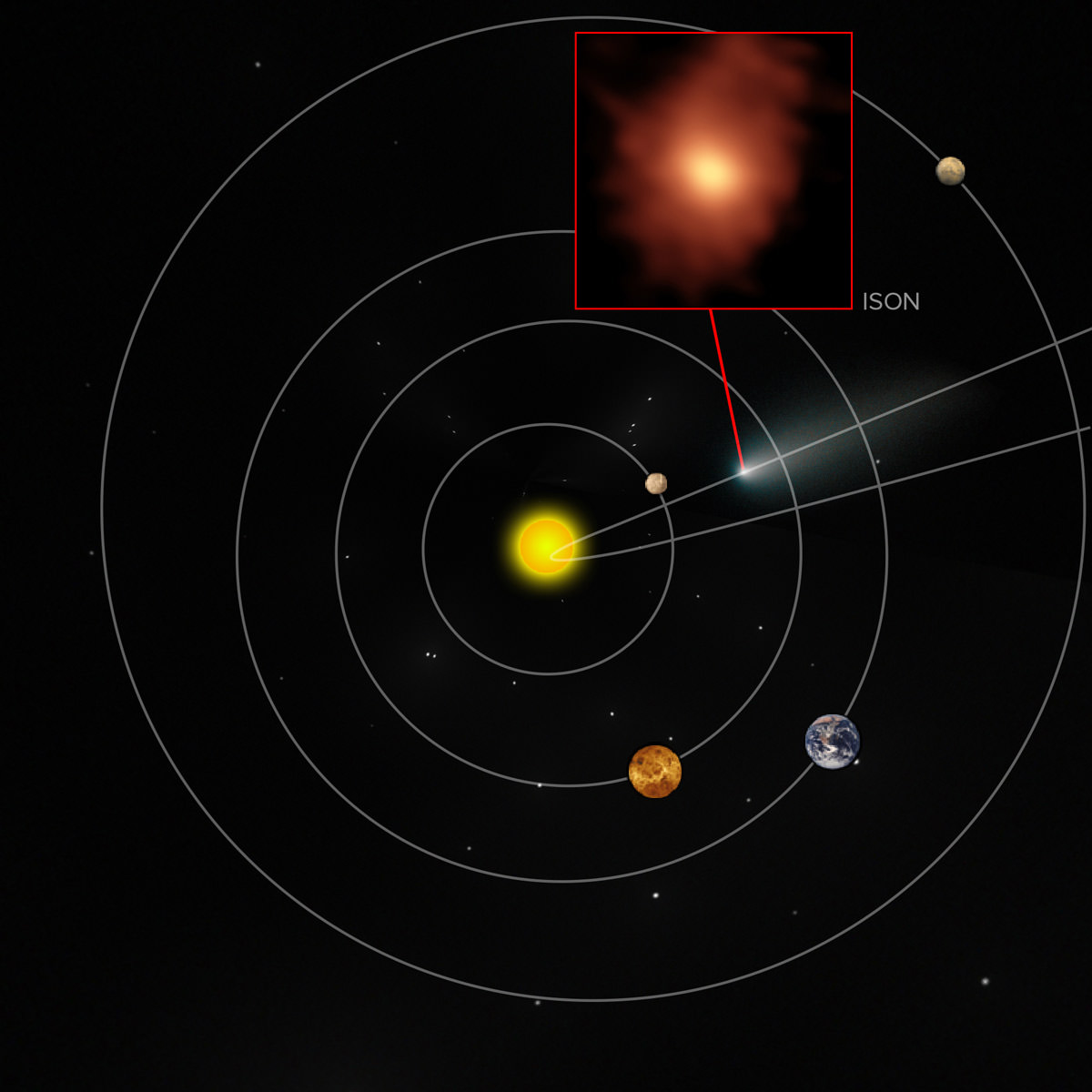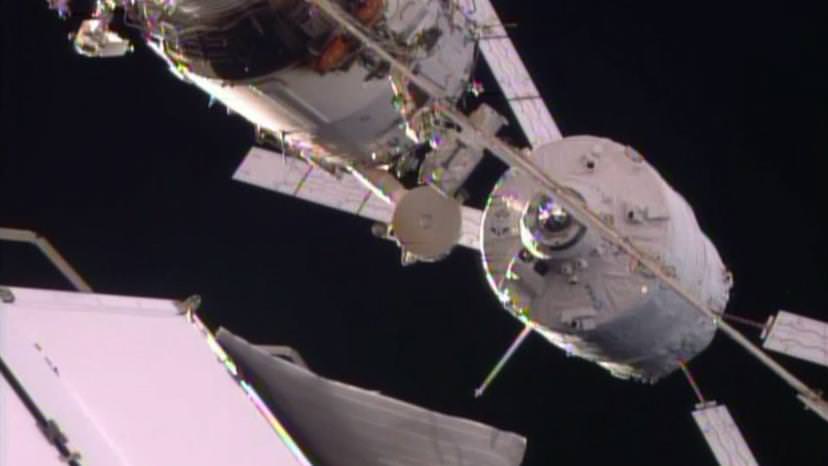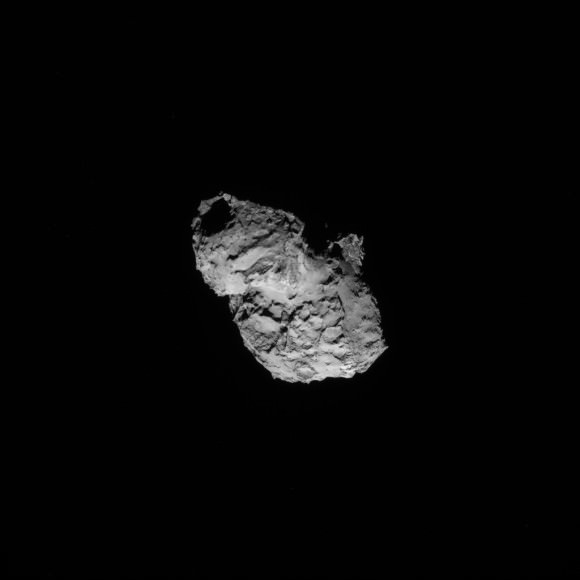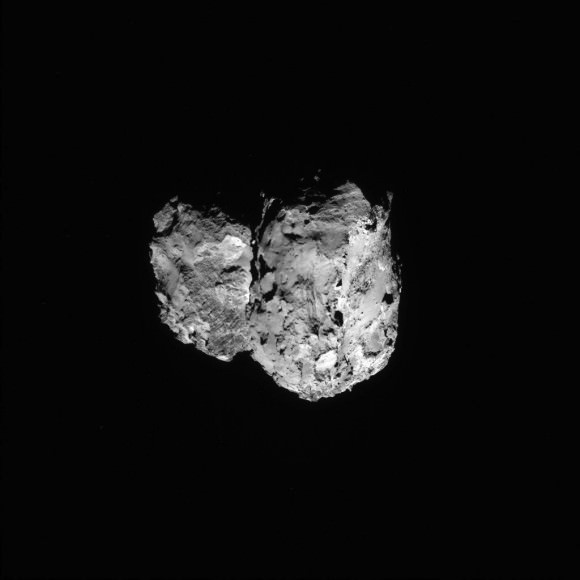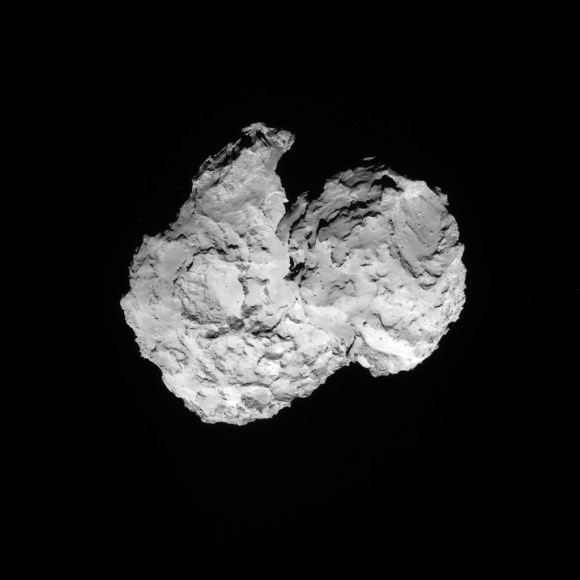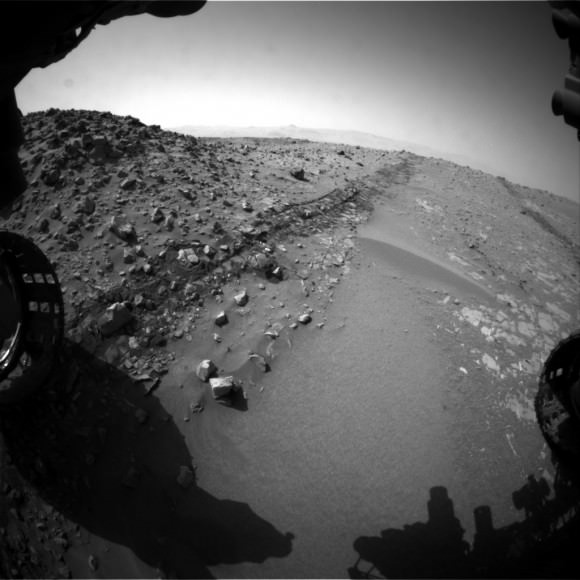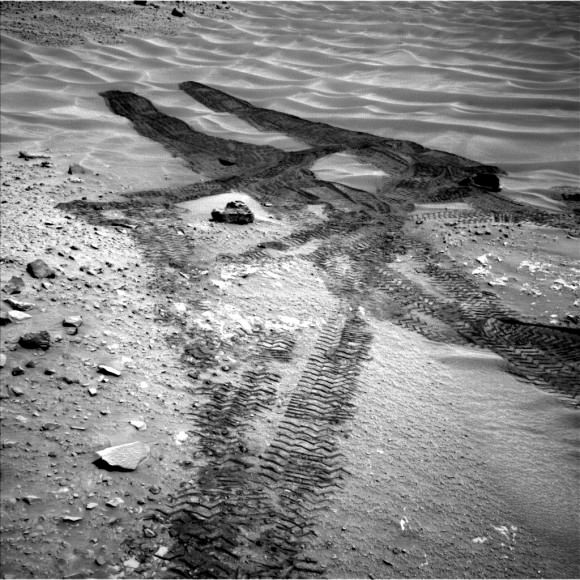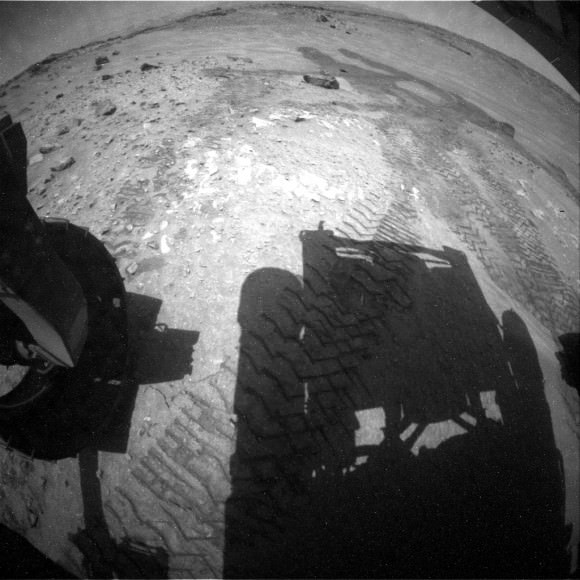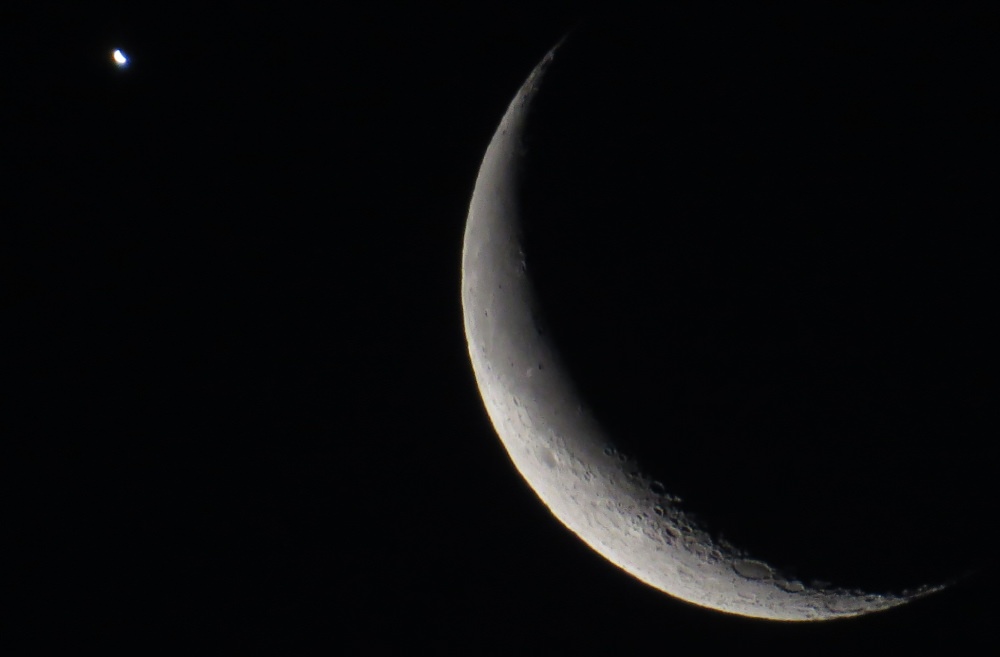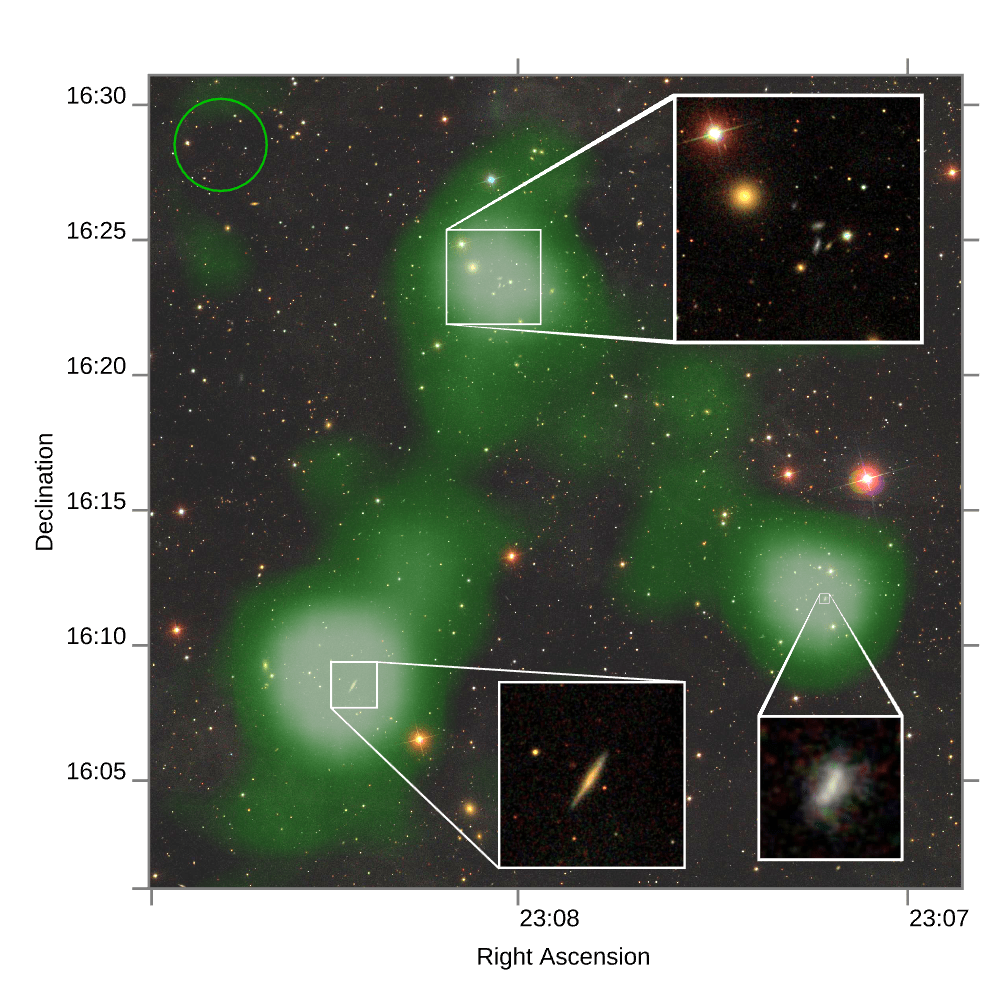While Comet ISON’s breakup around Thanksgiving last year disappointed many amateur observers, its flight through the inner solar system beforehand showed scientists something neat: it was carrying organic materials with it.
A group examined the molecules surrounding the comet in its coma (atmosphere) and, along with observations of Comet Lemmon, created a 3-D model that you can see above. Among other results, this revealed the presence of formaldehyde and HNC (hydrogen, nitrogen and carbon). The formaldehyde was expected, but the spot where HNC was found came as a surprise.
Scientists used to think that HNC is produced from the nucleus, but the research revealed that it actually happens when larger molecules or organic dust breaks down in the coma.
“Understanding organic dust is important, because such materials are more resistant to destruction during atmospheric entry, and some could have been delivered intact to early Earth, thereby fueling the emergence of life,” stated Michael Mumma, a co-author on the study who is director of the Goddard Center for Astrobiology. “These observations open a new window on this poorly known component of cometary organics.”
Observation were made possible using the powerful Atacama Large Millimeter/submillimeter Array (ALMA). The array of 66 radio telescopes in Chile allows astronomers to map molecules and peer past dust clouds in star systems under formation, among other things. ALMA was completed last year and is the largest telescope of its type in the world.
The array’s resolution allowed scientists to probe for these molecules in moderately bright comets, which is also new. Previously, these types of studies were limited to “blockbuster” visitors such as Comet Hale-Bopp in the 1990s, NASA sated.
The study, which was led by the Goddard Center for Astrobiology’s Martin Cordiner at NASA’s Goddard Space Flight Center, was published in Astrophysical Journal Letters. The research is also available in preprint version on Arxiv.
Source: NASA

